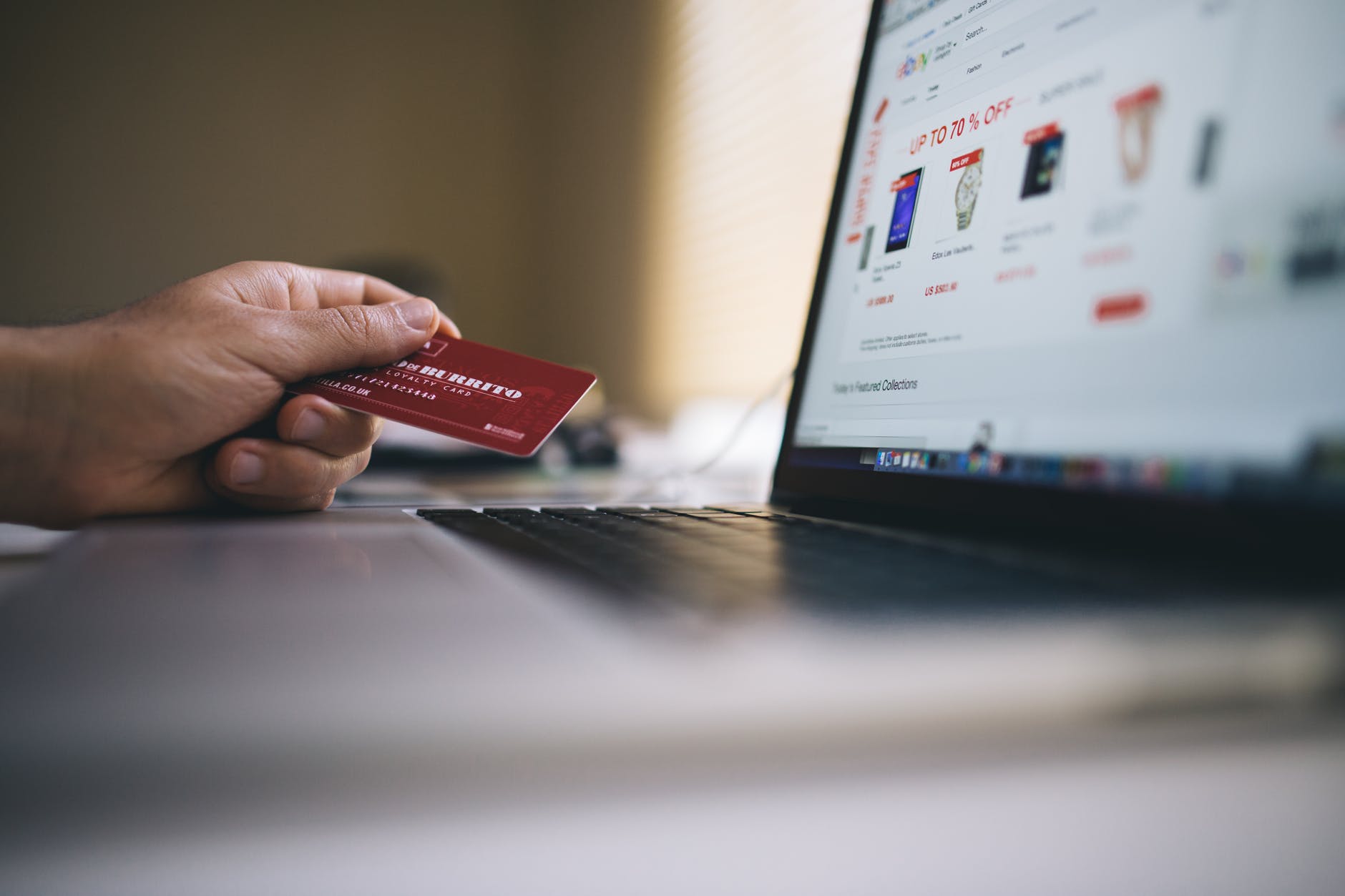Brand owners and business entrepreneurs, no matter what type of business it is B2C, B2B, or B2G – all of them want their business to develop. In our digital world, it is hard to imagine how any business can develop without the latest technology using.
IT solutions can help boost sales, diminish costs, and advance business growth. For example, a painful spot for retail business entrepreneurs is long lines. A Dutch e-commerce payment company Adyen conducted a study that proved US retailers lost $37.7 billion because of big lines.
Moreover, almost 1 of 5 customers left the store and never came back mainly because the payment method they were comfortable with was not accepted in this particular store. Here modern electronic payment innovations come into play to solve this huge problem.
E-Payment Essentials And its Evolution

We spent almost 10 000 years inventing and implementing a paper money payment system and just about 60 years to derive the benefits offered by digital and nearly invisible payments.
Below we have provided some information on the payments evolution chronology and current digital payment solutions. Let’s take a closer look!
Payments Evolution Chronology
Here you can find the timeline of the evolution of payments through history:
- 3000 B.C.: the barter system ruled. People exchanged goods for goods;
- 700 B.C.: coins appear;
- 17th-century: coins were replaced by banknotes as coins were too heavy;
- In 1659 cheques appeared. London bankers were the first to introduce cheques;
- In 1979 global payments company Visa announced the credit cards appearance;
- 20th-century: with the Internet paving its way in our lives, the digital payment system arrived. Thus, people could conduct any payment procedure without cheques or cash involving;
- 21st-century: electronic payments take the market by storm. E-wallets (Google Pay, Apple Pay so on), Escrow Pay, QR codes, and others are just a few digital payment methods people prefer nowadays.
Digital Payment solutions
Here we present current digital payment methods that make payment processes easier, more convenient, and more secure:
- Digital Wallet. Mobile software products that store credit card information (Apple Pay, Google Pay, Samsung Pay). These software solutions use NFC (Near Field Communication) technology, which lets customers hold their mobile devices close to the receiver to buy an item or pay for the service.
- Web-banking. Online banking helps customers operate their money with the touch of a button. With that in mind, a lot of banks consult with software development companies that can create and implement mobile banking software to better serve their customers.
- QR code. It is a kind of a barcode that is easily scanned and read by a smartphone. These barcodes are used to store and track information about a product.
Nevertheless, the payment system has rapidly evolved over the last 50 years. Every company is working on developing a new and even more comfortable payment solution that can be beneficial for both customers and business entrepreneurs.
What is the Future of e-Payments?
E-commerce is growing at the speed of light. As a result, digital payments have a very bright and attractive future. Let’s dive into the details below!
Mobile Wallets expansion
By the end of 2020s, web-wallets will take 64% of all users and 23% of online customers are considering abandoning mobile banking software solutions for virtual wallets. Below are some of the distinct advantages:
- Payment methods are focused on the customer experience. Walker study claims that customer experience will be a key brand advantage and it will beat price and product. So, the study provided information that 86% of clients will pay more willingly for a better customer experience than for the quality of the product and service;
- Companies propose attractive sign-up bonuses and cash-back loyalty rewards;
- Proactive e-alerts that give customers real-time method to operate and monitor their funds and account activity;
- Transactions performed via mobile wallets are convenient, secure, and fast.
Smart Speaker Payments
A recent study from NPR (National Public Radio) and Edison Research conducted in January 2019, showed a rapid increase in the smart speaker market. In the USA 53 million people aged 18 and older use at least one smart speaker software and 29% of voice-speaker holders use the software several times a day.
This is great news for the payment business companies and marketers. Once consumers get comfortable with smart speaker devices to obtain any useful information, it will become convenient for them to operate their payments and funds with the help of their voice commands.
Banks in the USA believe that smart speakers such as Alexa (Amazon), Siri (Apple), and Google’s Assistant have a very promising future.
“We were third to market with Alexa, we’ve done very advanced and active work on Google Assistant and Siri, we believe that voice is a key way that customers will interact with the bank in the future,” claimed Gareth Gaston, executive vice president and head of Omnichannel department at the U.S. Bank in his interview for American Banker.
Introduction of Wearables
Wearable technology (watches, smart clothing, smart glasses so on) is electronic products that you can wear close to your skin, so they can scan, analyze, store, and pass on information about your health situation, activity, simply your biofeedback.
A recent study provided by Reports and Data proves that the wearable market will grow from $312 billion in 2018 to $1.1 trillion in 2026.
With wearables popularity growth, consumers are supposed to develop their demand for wearables (watches, bands, rings, glasses, even clothing items) with payment functions enabled.
Recurring Payments
“Subscription economy” is a new way of running a business when the recurring payments model becomes more and more popular with both business consumers and business entrepreneurs. Consumers turn to recurring payments to plan their budgets and save time.
Hence business entrepreneurs choose recurring payments to control their revenue and retain customers. In addition to that, recurring payments and subscriptions exist hand-in-hand.
According to the survey conducted by The American Press Institute, 87% of Millennials (21% of all consumers) pay for at least one subscription service. Having that in mind, adopting a subscription model will be a good option for business leaders.
Biometric Payments
The rapid growth of mobile payment lifts a need for a more secure and convenient authentication system. Mobile biometric payments became an alternative to traditional techniques.
Apple Pay, Samsung Pay, and mobile banking value biometric fingerprint as an authentication method, while Amazon and AliPay explore facial scanning. The great news is that the majority of consumers are aware of the benefits of using biometrics.
A recent study conducted by Visa showed that 65% of the responders are familiar with biometrics and 35% of the consumers use this type of authentication technology regularly.
Moreover, in the near future, we will face new forms of biometric authentication, such as biometric tattoos, chips inserted into the skin, and others.
Bottom line
Thus, business entrepreneurs, when interested in developing their business, should accept the fact that the adoption of new payment techniques is essential, not optional.
This helps their customers have a chance to grab the item, pay for it in a flash using the most comfortable method in-store or online, and storm out.
Moreover, every entrepreneur needs a payment software specifically developed to meet his/her business needs, taking into account business specifics.
In this case, we recommend turning to a professional and reliable software development company that will create a compatible software product just for your business.
Resources:
- Mass Payments 101: Its Benefits to Small Businesses
- How To Send Money Online? 10 Best Services
- Top 6 Companies That Are Transforming Digital Payments For Business
Author Bio:

Roman Zhidkov is a CTO at DDI development. Roman is a professsional with proven global leadership skills in product, software engineering, and technology strategy. He has a passion for establishing and managing global technological talent, for innovation and execution. His core expertise is in AI, web development, and other emerging technologies.














